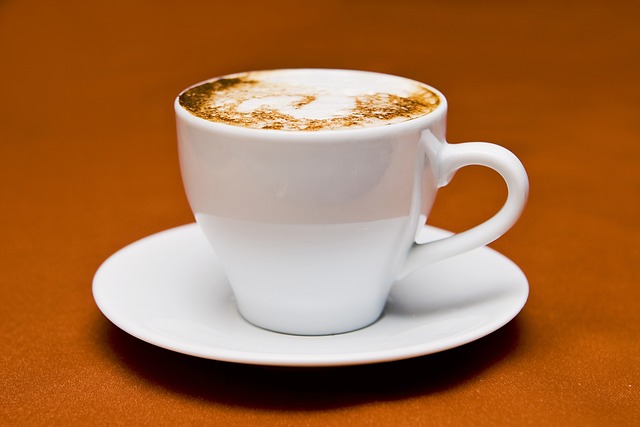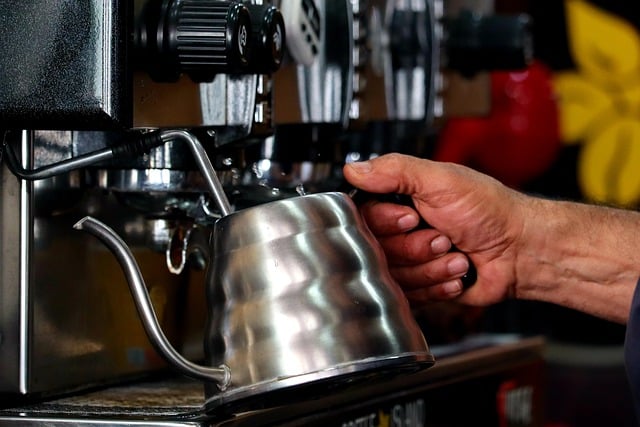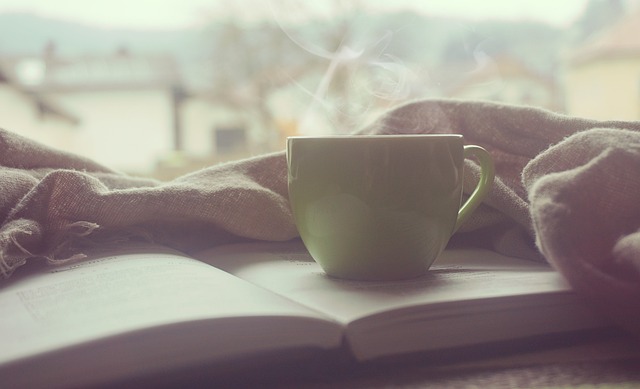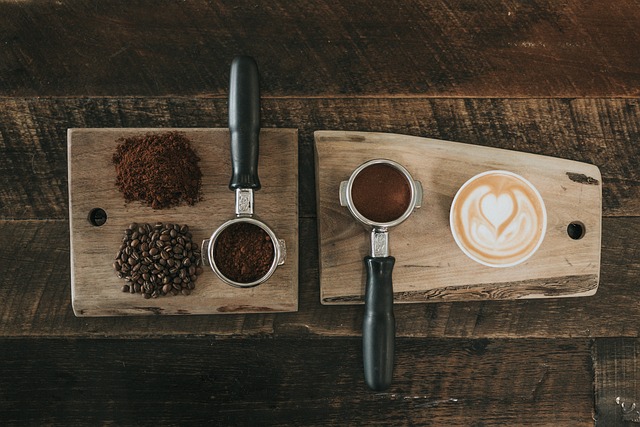Crafting the Perfect Cup: A Master Guide to Diverse Coffee Brewing Techniques
Brewing coffee is an art that transforms beans into a sensory experience through various methods li…….

Brewing coffee is an art that transforms beans into a sensory experience through various methods like French press and espresso, each offering its own flavor profile. Achieving the perfect cup requires precise control over water temperature, grind size, coffee-to-water ratio, and extraction time. The French press calls for a medium-coarse grind, a bloom step, and careful pouring, followed by a four-minute steep and gentle plunging to avoid bitterness. Espresso demands fine grounds, a firm tamp, and 9 bars of machine pressure to create a crema, with an optimal extraction time between 25 to 30 seconds for the best taste. The French Press method results in a rich, full-flavored brew, while the Espresso method yields a concentrated shot. Mastering these techniques unlocks a world of coffee recipes and allows for personalized home brewing. For pour-over coffee, precision and artistry are key, involving freshly roasted medium-fine grounds, 200°F water, preheated equipment, a 1:15 coffee-to-water ratio, a 30-second bloom, and a slow, spiraled pour over 3 to 4 minutes for a bright, full-bodied cup without bitterness, achievable with practice for café-quality results.
Discover the nuanced world of coffee brewing and elevate your daily ritual with “The Ultimate Guide to Coffee Brewing Methods.” This comprehensive guide delves into a spectrum of techniques, from the rich flavors of French Press to the concentrated intensity of Espresso. Delve into the intricacies of achieving the perfect pour-over at home and learn the distinctions between Cold Brew and Iced Coffee. With our step-by-step instructions, you’ll master the art of each method, ensuring a café-quality experience in your own kitchen. Enhance your coffee craft with Barista Basics, including the science behind frothing milk for lattes and cappuccinos. For connoisseurs and casual brewers alike, this article offers a treasure trove of recipes that will transform your mornings into moments of culinary exploration and healthful indulgence. Whether you’re seeking a classic latte or an adventurous new brew, our guide is your companion to unlocking the full potential of your home coffee experience.
- Mastering Brewing Techniques: A Comprehensive Guide to Coffee Methods
- – French Press vs. Espresso: Understanding Your Options
- – Pour-Over Perfection: Step-by-Step for Home Brewing
Mastering Brewing Techniques: A Comprehensive Guide to Coffee Methods

Mastering brewing techniques is an art form that transforms coffee beans into a cup that can invigorate your senses and elevate your morning routine. Each brewing method offers unique qualities, from the rich, full-bodied flavors of a French press to the concentrated essence of an espresso shot. To achieve the perfect cup, understanding the nuances of water temperature, grind size, coffee-to-water ratio, and extraction time is paramount. The French press method, for instance, requires a medium-coarse grind and a bloom time to allow the coffee to release carbon dioxide before brewing. A step-by-step approach involves heating water to just below boiling, grinding your beans to the appropriate consistency, and then slowly pouring the hot water over the grounds, ensuring an even saturation. After allowing the mixture to steep for approximately four minutes, gently pressing the plunger to separate the grounds from the liquid will yield a smooth, non-bitter cup of coffee.
Espresso, on the other hand, demands precision and technique. Pulling the perfect shot involves grounding beans to a fine consistency, tamping them evenly in the portafilter, and using nine bars of pressure applied by the espresso machine. The grind should be fine enough to create crema, the velvety layer on top of an expertly pulled espresso that indicates a good extraction. The extraction time should be between 25 to 30 seconds for a single or double shot, allowing for a balanced flavor profile. Mastering these techniques not only elevates your coffee experience but also opens the door to a myriad of coffee recipes, each offering its own unique flavor and intensity, from classic lattes to innovative concoctions that can be enjoyed at home with the right knowledge and equipment.
– French Press vs. Espresso: Understanding Your Options

When delving into the world of coffee brewing, two distinct methods stand out for their rich flavors and versatility: the French Press and Espresso. The French Press method offers a full-bodied, immersive brew with a coarse grind and hot water that steeps directly over the grounds for several minutes before being pressed. This method allows for a balanced extraction of flavors, resulting in a smooth yet robust cup with less bitterness compared to other brewing techniques. On the other hand, Espresso brewing is a high-pressure extraction process involving fine coffee grounds and hot water forced through them at approximately 9 bars of pressure. This produces a concentrated, intense shot of coffee known as an espresso, which serves as the base for many popular coffee drinks like lattes and cappuccinos. The key to mastering both methods lies in understanding the unique characteristics of each—the French Press’s ease and the Espresso machine’s precision—and how they affect the flavor profile of your coffee. Whether you prefer the relaxed experience of a French Press or the precise control of an Espresso machine, both offer an array of possibilities for crafting the perfect cup to suit your taste.
– Pour-Over Perfection: Step-by-Step for Home Brewing

Embarking on the journey to achieve pour-over perfection at home is both a science and an art, requiring precision and patience. Begin by selecting your coffee beans; opt for freshly roasted, finely ground beans that suit your taste profile. Boil filtered water and let it cool to around 200°F (93°C)—this temperature range is ideal for extracting the best flavors from your grounds.
Preheat your pour-over setup (a dripper fitted atop a carafe or vessel) with hot water, rinsing the paper filter to eliminate any papery taste. Grind about 30 grams of coffee to a medium-fine consistency and place it in the filter. A standard 1:15 coffee-to-water ratio is a good starting point; for every 17 grams of coffee, use approximately 255 grams of water.
Start the timer and pour just enough water to saturate all the grounds, allowing them to ‘bloom’ for about 30 seconds. This process releases carbon dioxide and helps prevent under-extraction. After the bloom, continue to pour the remaining water in a slow, spiraled motion over the coffee bed, ensuring even saturation. The total brewing time should be around 3 to 4 minutes. As the water filters through the grounds, the resulting coffee should have a bright acidity and a full body, with flavors fully extracted and free from bitterness. Practice these steps to refine your technique, and soon you’ll be savoring pour-over coffee that rivals your favorite café.
Enthusiasts and connoisseurs alike will find that mastering various coffee brewing methods is a journey rich with flavor and opportunity. This comprehensive guide has navigated through the nuances of French Press versus Espresso, delved into the art of pour-over perfection, and explored the world of unique coffee recipes. Whether you’re seeking the perfect morning brew or an afternoon pick-meaner, the tips and techniques outlined here provide a solid foundation for anyone looking to elevate their home coffee experience. With a little practice and experimentation, you can achieve cafeteria-quality coffee and even indulge in healthier, guilt-free variations. So, grab your favorite mug, select your preferred brewing method, and savor the process of crafting your ideal cup of coffee.







